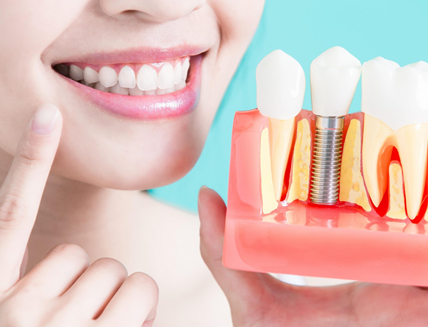Dealing with incontinence can be challenging, but having the right incontinence products can significantly improve comfort, confidence, and overall well-being. With a wide range of options available, it’s important to understand the different types of incontinence products and find the right fit for your specific needs. This article aims to provide valuable insights into the various types of incontinence products, helping you make informed decisions and enhancing your quality of life.
Disposable Adult Diapers
Disposable adult diapers are one of the most common and convenient options for managing incontinence. These products resemble traditional diapers and are designed for adults. They feature an absorbent core, odor control properties, and adjustable tabs for a secure fit. Disposable adult diapers come in various sizes and absorbency levels, catering to different individuals’ needs. They are suitable for both urinary and fecal incontinence, offering reliable protection and ease of use.
Incontinence Pads and Liners
Incontinence pads and liners are lightweight and discreet alternatives to adult diapers. They are specifically designed to manage light to moderate urinary incontinence. These products feature an absorbent layer that effectively captures and locks away moisture, keeping the skin dry and preventing leakage. Incontinence pads and liners adhere to regular underwear using an adhesive strip, providing a comfortable and secure fit. They are available in different lengths and absorbency levels, allowing individuals to find the right fit for their specific needs.
Skin Care Products
In addition to selecting the right incontinence products, proper skin care is crucial for maintaining skin health and preventing irritation. Skin care products specifically designed for individuals with incontinence help cleanse, moisturize, and protect the skin. These products often include gentle cleansers, moisturizing creams, and barrier creams that create a protective layer between the skin and moisture. Incorporating a skin care routine into your incontinence management can significantly contribute to overall comfort and well-being.
Protective Underwear
Protective underwear, also known as pull-ups or absorbent briefs, offer a combination of convenience and discretion. They resemble regular underwear but have an absorbent core that provides reliable protection against urinary and fecal incontinence. Protective underwear features an elastic waistband and tear-away sides, making them easy to put on and remove. They come in various sizes and absorbency levels, catering to different individuals’ needs. Protective underwear is an excellent choice for those who desire a more discreet and dignified option.
Bed Pads and Underpads
Bed pads and underpads are designed to protect furniture, mattresses, and bedding from incontinence-related accidents. These products feature a waterproof backing and an absorbent layer, effectively containing and absorbing moisture. Bed pads and underpads come in various sizes and absorbency levels, offering versatile options for different needs. They provide an added layer of protection and can be particularly helpful for individuals with nighttime incontinence or limited mobility.
Catheters
Catheters are medical devices used to manage urinary incontinence by facilitating the emptying of the bladder. There are different types of catheters, including indwelling catheters and intermittent catheters. Indwelling catheters remain in the bladder for an extended period, while intermittent catheters are used intermittently to empty the bladder. Catheters should be used under the guidance and supervision of healthcare professionals, as proper insertion, care, and maintenance are essential to prevent complications.
Conclusion
Understanding the different types of incontinence products is crucial for finding the right fit and effectively managing incontinence. Whether you opt for disposable adult diapers, incontinence pads and liners, protective underwear, bed pads and underpads, catheters, or a combination of these products, selecting the appropriate option can enhance comfort, dignity, and overall quality of life. Remember to consider your specific needs, absorbency requirements, and preferences when making your selection. Consult with healthcare professionals for personalized advice and guidance to ensure the most suitable choices for your unique situation.









